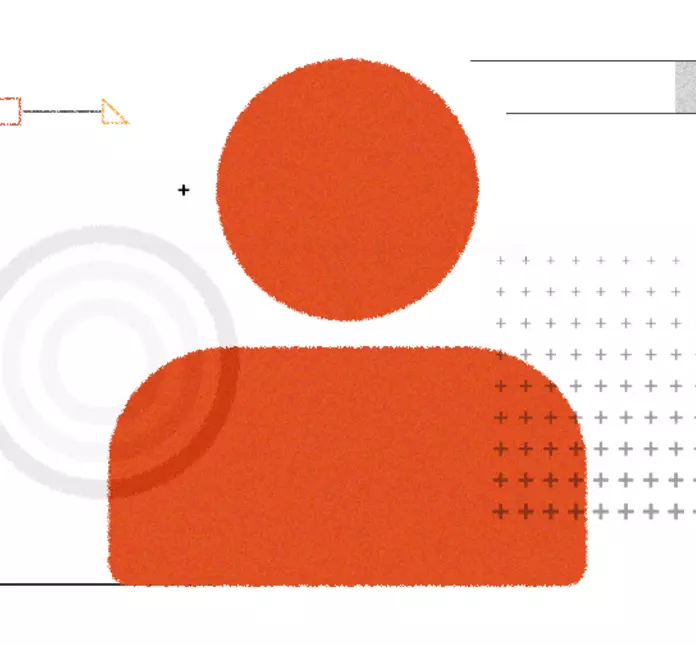UX Writing And Content Strategy: What’s The Difference
Many people confuse UX writing and content strategy, and they are not to blame for it. Indeed, these two terms are very similar but very different at the same time. Here's what each of them is and how to differentiate between the two.

What Is UX Writing?
UX or user experience writing is all about the words used in a certain product. You can either see or hear these words while you are using the product. Many users will likely not notice these words as they are generally not that noticeable.
The experts in UX writing usually believe that a well-written UX piece will not attract any attention to it. It will merge with the design so well that the users will not even notice it. To be precise, the user will not notice the fact that they are actually reading.
The main aim of UX writing is to create an experience for the user of a certain product that could be deemed “easy” and “positive”. UX writing is all about making it concise and consistent as well as clear and to the point. You need to give value while not talking about everything and anything at the same time.
UX writing is closely connected to the UI or user interface. They work together to create a sense of easiness and comfort for the user. Their goal is to be invisible as this will ensure that the experience is smooth and there is nothing distracting the users from the product.
UX writing makes up almost every aspect of your product. This includes settings, menus, forms, error messages, tips, notifications, and more. Even product-related emails and landing pages may become a part of UX writing. What isn’t included in UX writing is everything else such as training materials, marketing company, help center forms, and more.
What Is Content Strategy?
Content strategy is completely different from UX writing though there is still a correlation between them. Content strategy is all about the content you publish on your website, blog, or app. It includes both the content about your product and the content within your product. Content strategy is always based on search engine optimization or SEO.
As Elisa Abbott, an expert from a translation review website Pick Writers puts it, “Everyone should think through their content strategy. It directly influences the success of your website and your content marketing campaign. You should track everything you post, don’t post, and want to post.”
The aim of a content strategy is to create a plan for mapping, managing, creating, and publishing your content. This content will help you achieve the goals and objectives you set such as improving brand awareness, increasing conversion rates, and so on.
This does not necessarily have to be one outcome which you are looking for, but you need to remain focused on it (or them) at all times. You need to decide what you want to say, how you want to say it, and why will it help you achieve your goals.
Content strategy is usually interrelated with your marketing strategy. Both of them help you build your brand, sometimes even from scratch. However, content strategy thinks about users in broader terms and sees a bigger picture. You should also keep in mind that content strategy will not always be solely about your product.
Content strategy can be anything from your FAQ to your social media. It’s in the white papers and in the marketing emails, the chatbots and the training videos, the podcasts and the help center articles. It’s simply everywhere.
In addition to that, you may also notice that “content” does not only refer to the text. In fact, your visual content is also a part of your content strategy. Anything from photographs to infographics to charts to illustrations can be a part of your content strategy as long as it helps you communicate with your audience. Content strategy focuses on getting the content out and in front of the customers.
How Are They Similar?
As mentioned a bit earlier, UX writing and content strategy still have some similarities. Let’s look at the main three:
- The Big Picture: Both UX writing and content strategy look at the big picture. It doesn’t matter what kind of product you are working with – both of these concepts take into account all aspects of the experience with this particular product. It’s crucial to identify the flaws or challenges that your company faces at the moment in order to plan your UX writing and content strategy in a way that will help you improve these downsides of your product.
- Cross-Functionality: UX writing and content strategy work cross-functionally meaning that both UX writers and content strategists closely interact with other specialists in different departments. For instance, UX writers often need to collaborate with graphic designers. At the same time, content strategists usually work with SEO teams.
- Word Usage: This should be a no-brainer by this point, but still. Both of the subjects of today’s article use words to help people learn about and be able to use your product. Your content strategy starts acting even before your potential customers had any contact with your product. But once the person becomes more interested, UX writing assists them in discovering the full potential of your product and using it properly. It makes their experience the best they could wish for.
How UX Writing Uses Content Strategy?
You may have figured it out by this point, but it’s still worth explaining. UX writing is actually a part of content strategy. The former can’t really function without the latter, but your content strategy may still be useful without UX writing.
For example, the content in your app will be a part of your content strategy while still being a part of UX writing. You could say that user experience writing is like a tool content strategy uses as a part of its grander goal.
Final Thoughts
All in all, understanding what UX writing and content strategy mean is definitely extremely important for you to be able to utilize them correctly. Both of them can be very effective tools in your marketing strategy when used right.
Subscribe
Related Blogs
How design thinking acts as a problem solving strategy?

The concept of design thinking is gaining popularity these days since people across different industries are using it as a…
10 major challenges that come across during an agile transformation

It’s no longer a mystery that agile was created as a response to the various concerns that the traditional waterfall…
Design as a team: An extensive guide to cross-functional collaboration

Cross-functional collaboration plays a vital role in accelerating the delivery of better results for consumers. It promotes…



